Chapter 3 Exercise 02 (Finite-Dimensional Vector Spaces)
3.2 Exercise 2B (Bases)
Find all vector spaces that have exactly one basis.
Verify all assertions in Example
Let \(W\) be the subspace of \(\mathbb{R}^5\) defined by \[W = \{ (x_1, x_2, x_3, x_4, x_5) \in \mathbb{R}^5 \mid x_1 = 3x_2 \text{ and } x_3 = 7x_4 \}. \] Find a basis of \(W\).
Extend the basis in (a) to a basis of \(\mathbb{R}^5\).
Find a subspace\(V\)of\(\mathbb{R}^5\)such that \(\mathbb{R}^5 = W \oplus V\).
Answer: a. Let \((x_1,x_2,x_3,x_4,x_5)\in U\). Then \(x_1=3x_2\) and \(x_3=7x_4\). Thus, \[\begin{align} (x_1,x_2,x_3,x_4,x_5) &= (3x_2,x_2,7x_4,x_4,x_5)\\ &=x_2(3,1,0,0,0)+x_4(0,0,7,1,0)+(0,0,0,0,1) \end{align}\]
Let \(v_1:=(3,1,0,0,0),v_2:=(0,0,7,1,0)\) and \(v_3:=(0,0,0,0,1)\). Since \(x_2,x_4,x_5\in \mathbb{R}\),then
\[ \text{span}(v_1,v_2,v_3)=U \] Now, we need to show that \(v_1,v_2,v_3\) are linearly independent.Suppose that there exist \(a_1,a_2,a_3\in \mathbb{R}\) such that, \[\begin{align} a_1(3,1,0,0,0)+a_2(0,0,7,1,0)+a_3(0,0,0,0,1) &=(0,0,0,0,0)\\ (3a_1,a_1,7a_2,a_2,a_3)&=(0,0,0,0,0). \end{align}\] Thus, \(a_1=a_2=a_3=0\). Hence, \(v_1,v_2,v_3\) are linearly independent.
Therefore, the list \(v_1,v_2,v_3\) is a basis of \(U\).
- Let \(v_4:=(0,1,0,0,0)\) and \(v_5:=(0,0,1,0,0)\).
Claim 1: \(\text{span}(v_1,v_2,v_3,v_4,v_5)=\mathbb{R}^5\).
Let \((y_1,y_2,y_3,y_4,y_5)\in \mathbb{R}^5\). Then, \[\begin{align} (y_1,y_2,y_3,y_4,y_5) &= (y_1,y_2+\frac{y_1}{3}-\frac{y_1}{3},y_3+7y_4-7y_4,y_4,y_5)\\ &=\frac{y_1}{3}(3,1,0,0,0)+y_4(0,0,7,1,0)+ y_5(0,0,0,0,1)+\left(y_2-\frac{y_1}{3}\right)(0,1,0,0,0)+\left(y_3-7y_4\right) \end{align}\]
Since \(y_1,...,y_5\in \mathbb{R}\), we have established that the list \((3, 1, 0, 0, 0), (0, 0, 7, 1, 0), (0, 0, 0, 0, 1),(0,1,0,0,0),(0,0,1,0,0)\) spans \(\mathbb{R}^5\)
Claim 2: the list of vectors \(v_1,v_2,v_3,v_4,v_5\) are linearly independent.
Suppose that there exist \(b_1,...,b_5\in \mathbb{R}\) such that \[\begin{align} b_1v_1+b_2v_2+b_3v_3+b_4v_4+b_5v_5 &=0\\ b_1(3, 1, 0, 0, 0) + b_2(0, 0, 7, 1, 0) + b_3(0, 0, 0, 0, 1) + b_4(0, 1, 0, 0, 0) + b_5(0, 0, 1, 0, 0) &= (0, 0, 0, 0, 0)\\ (3b1, b1 + b4, 7b2 + b5, b2, b3) &= (0, 0, 0, 0, 0). \end{align}\] This implies \(b_1=b_2=b_3=b_4=b_5=0\).
Let \(W\) be the subspace of \(\mathbb{R}^5\) defined by \[W = \{(x_1, x_2, x_3, x_4, x_5) \in \mathbb{R}^5 \mid 6x_1 = x_2 \text{ and } x_3 + 2x_4 + 3x_5 = 0\}.\] Find a basis of \(W\).
Extend the basis in (a) to a basis of \(\mathbb{R}^5\).
Find a subspace \(V\) of \(\mathbb{R}^5\) such that \(\mathbb{R}^5 = W \oplus V\).
Suppose \(V\) is finite-dimensional and \(U, W\) are subspaces of \(V\) such that \(V = U + W\). Prove that there exists a basis of \(V\) consisting of vectors in \(U \cup W\).
Prove or give a counterexample: If \(p_0, p_1, p_2, p_3\) is a list in \(P_3(\mathbb{R})\) such that none of the polynomials \(p_0, p_1, p_2, p_3\) has degree 2, then \(p_0, p_1, p_2, p_3\) is not a basis of \(P_3(\mathbb{R})\).
Suppose \(v_1, v_2, v_3, v_4\) is a basis of \(V\). Prove that \(v_1 + v_2, v_2 + v_3, v_3 + v_4, v_4\) is also a basis of \(V\).
Prove or give a counterexample: If \(v_1, v_2, v_3, v_4\) is a basis of \(V\) and \(W\) is a subspace of \(V\) such that \(v_1, v_2 \in W\) and \(v_3 \notin W\) and \(v_4 \notin W\), then \(v_1, v_2\) is a basis of \(W\).
Suppose \(v_1, \ldots, v_n\) is a list of vectors in \(V\). For \(i \in \{1, \ldots, n\}\), let \[w_i = v_1 + \cdots + v_i.\] Show that \(v_1, \ldots, v_n\) is a basis of \(V\) if and only if \(w_1, \ldots, w_n\) is a basis of \(V\).
Suppose \(U\) and \(W\) are subspaces of \(V\) such that \(V = U \oplus W\). Suppose also that \(u_1, \ldots, u_m\) is a basis of \(U\) and \(w_1, \ldots, w_n\) is a basis of \(W\). Prove that \(u_1, \ldots, u_m, w_1, \ldots, w_n\) is a basis of \(V\).
Suppose \(V\) is a real vector space. Show that if \(v_1, \ldots, v_n\) is a basis of \(V\) (as a real vector space), then \(v_1, \ldots, v_n\) is also a basis of the complexification \(V_{\mathbb{C}}\) (as a complex vector space). See Exercise 8 in Section 1B for the definition of the complexification \(V_{\mathbb{C}}\).
.png)
.png)
.png)
.png)
.png)
.png)
.png)
.png)
.png)
.png)
.png)
.png)
.png)
.png)
.png)
.png)
.png)
.png)
.png)
.png)
.png)
.png)
.png)
.png)
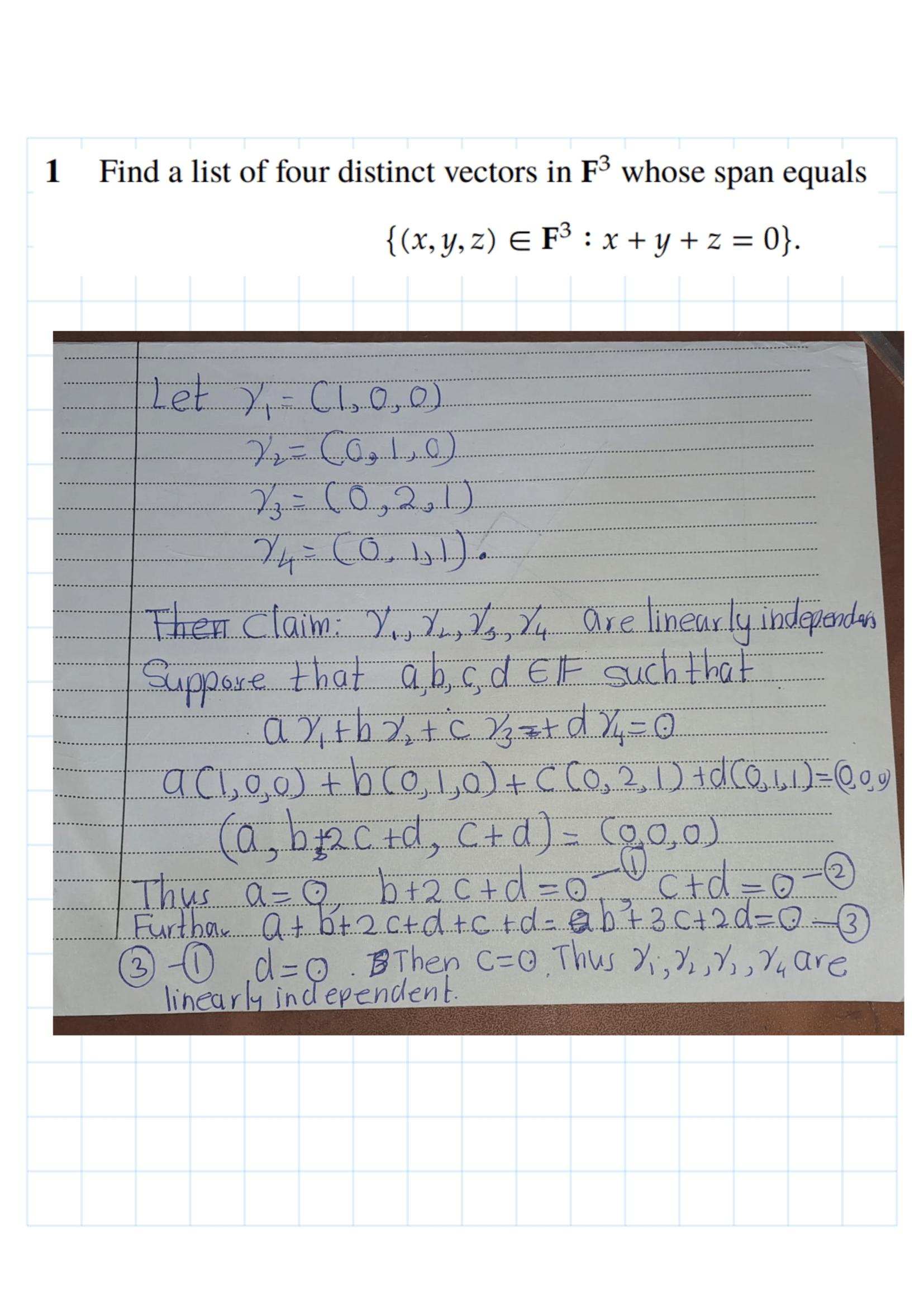
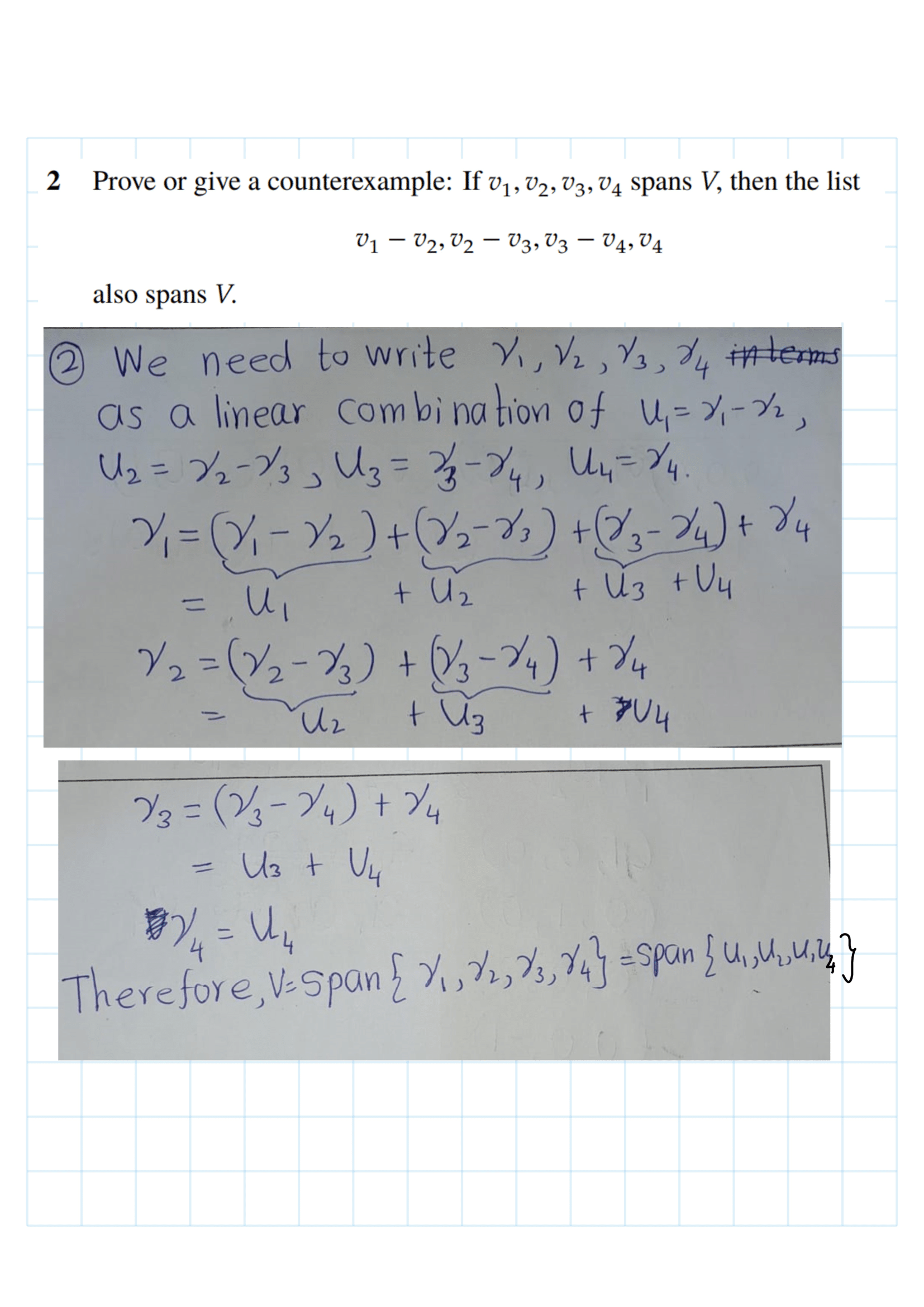
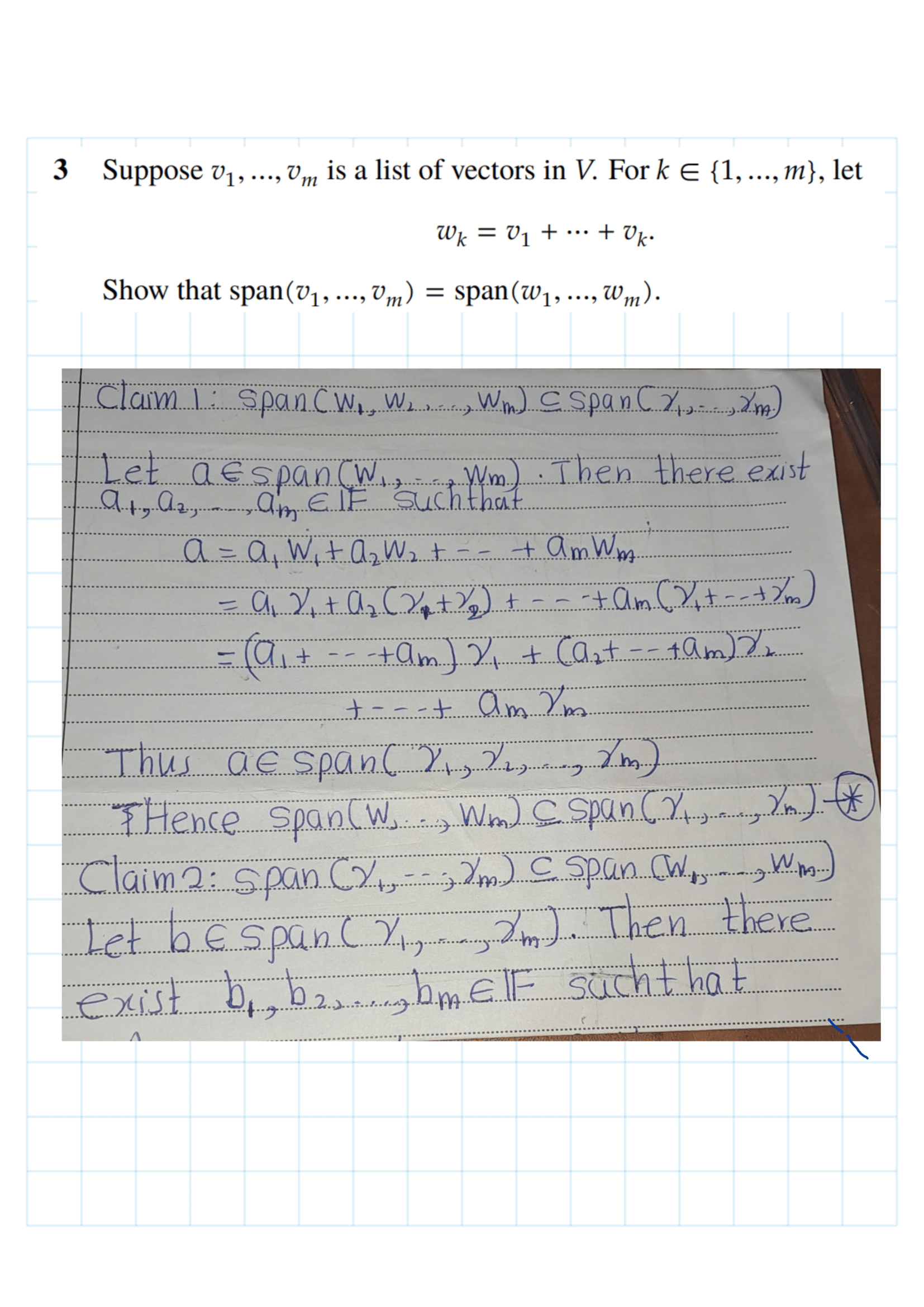
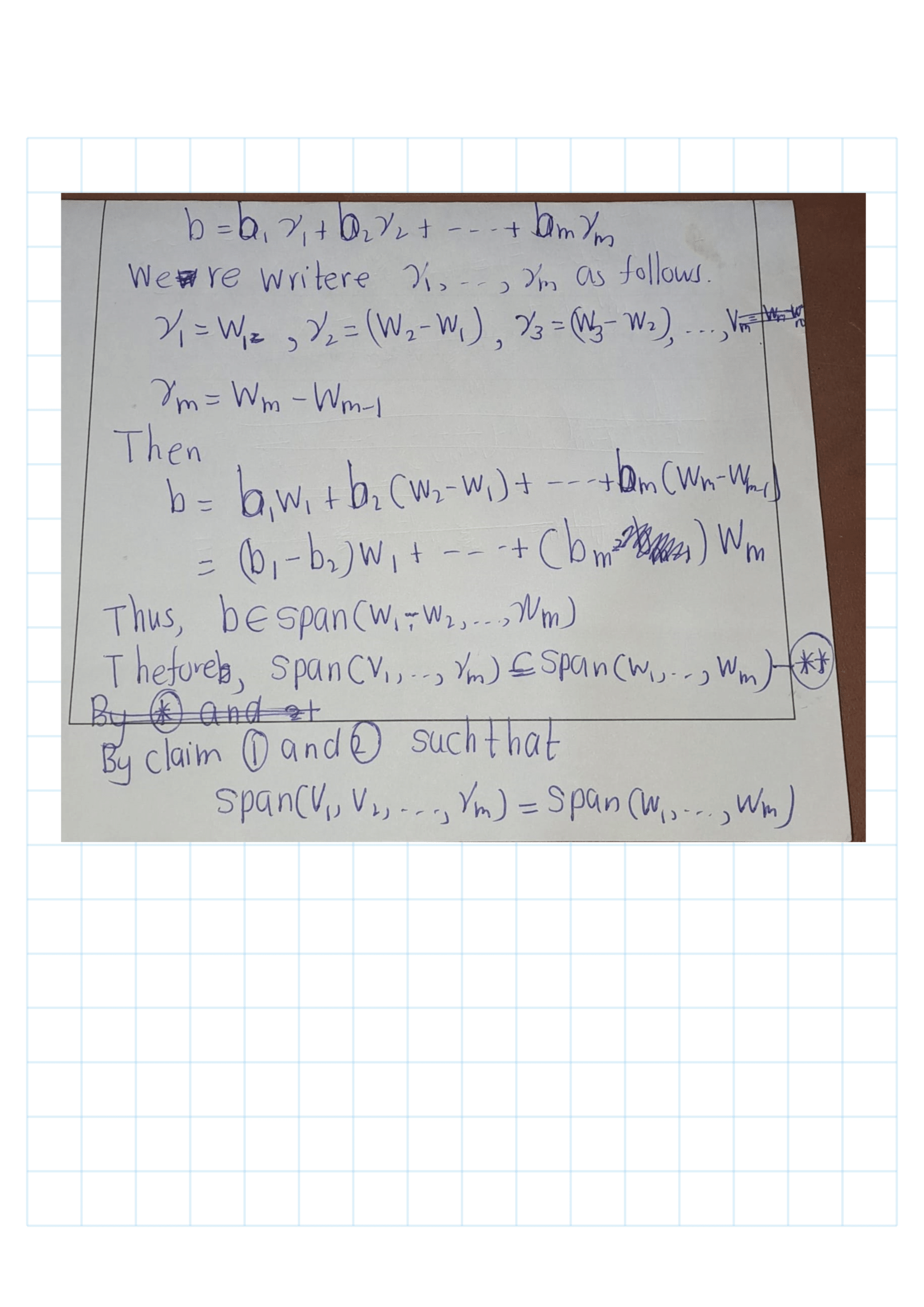
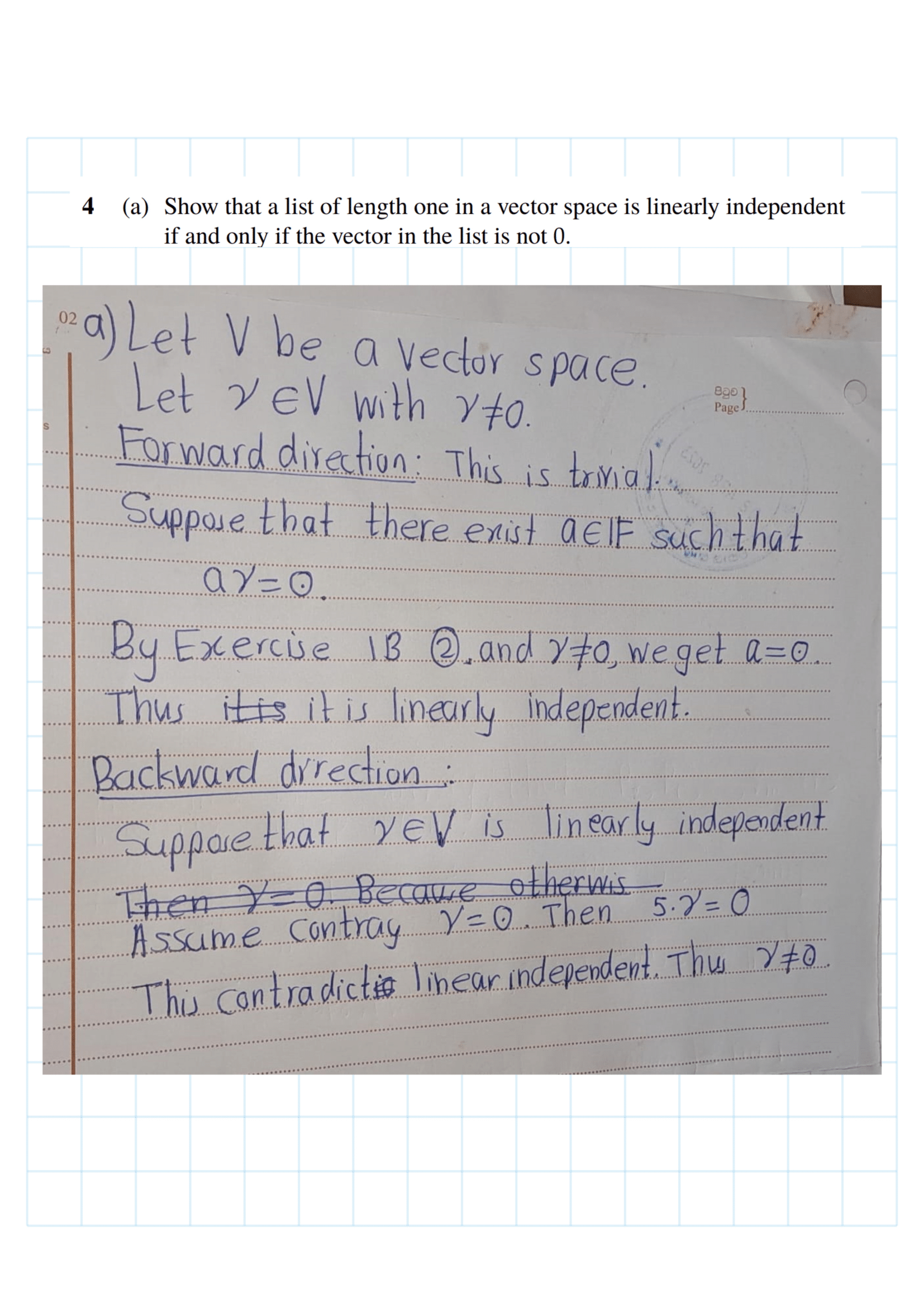
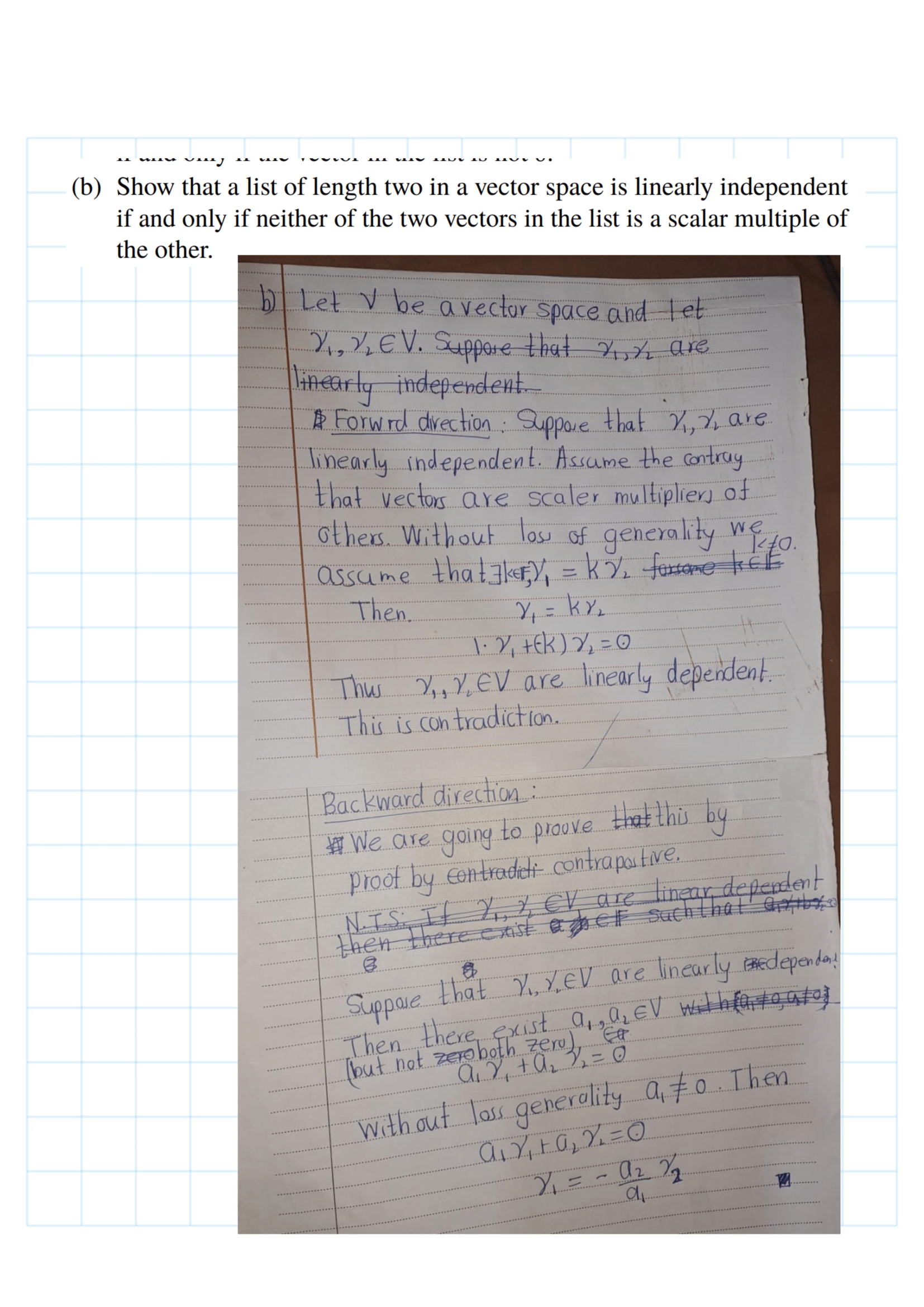
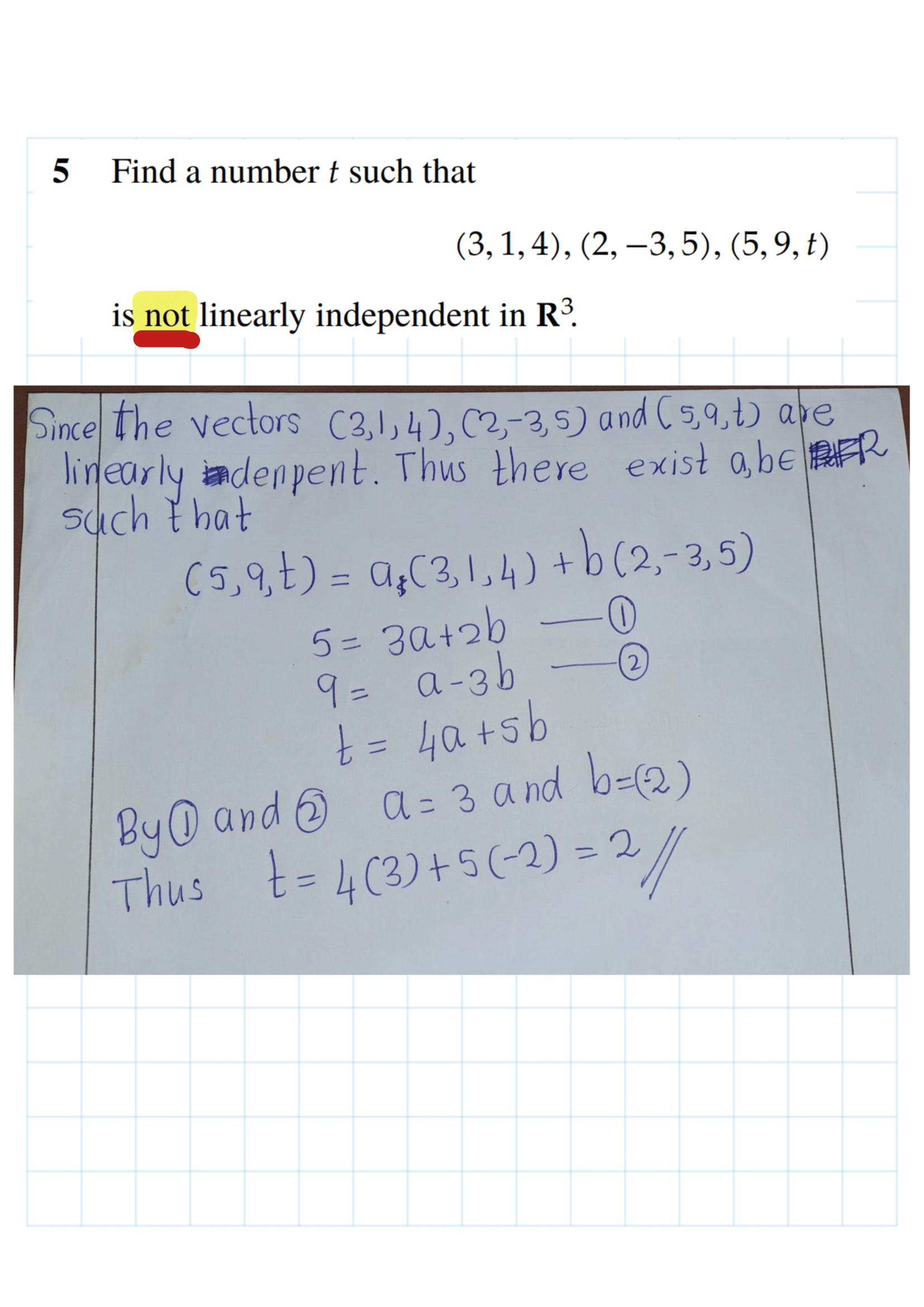
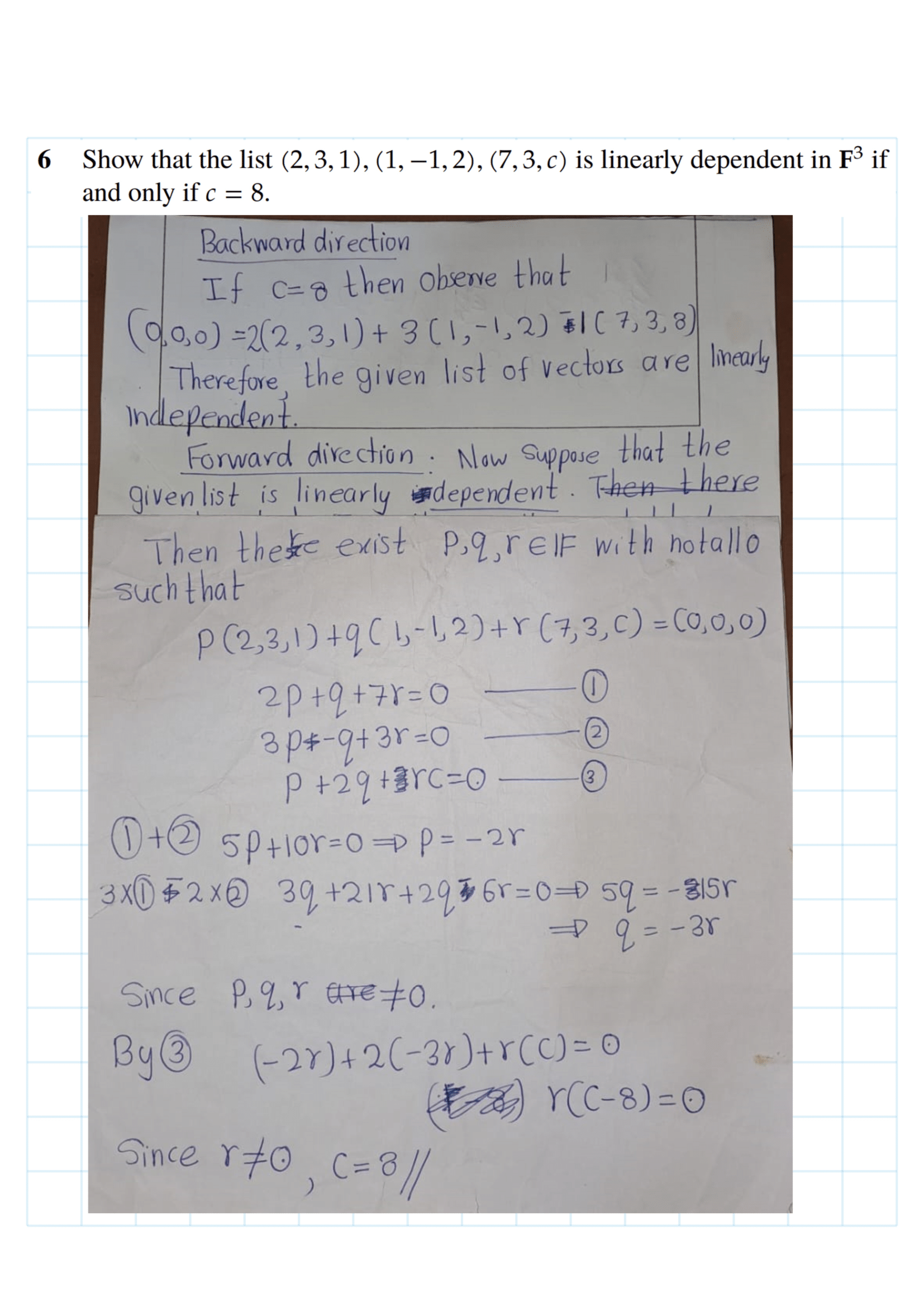
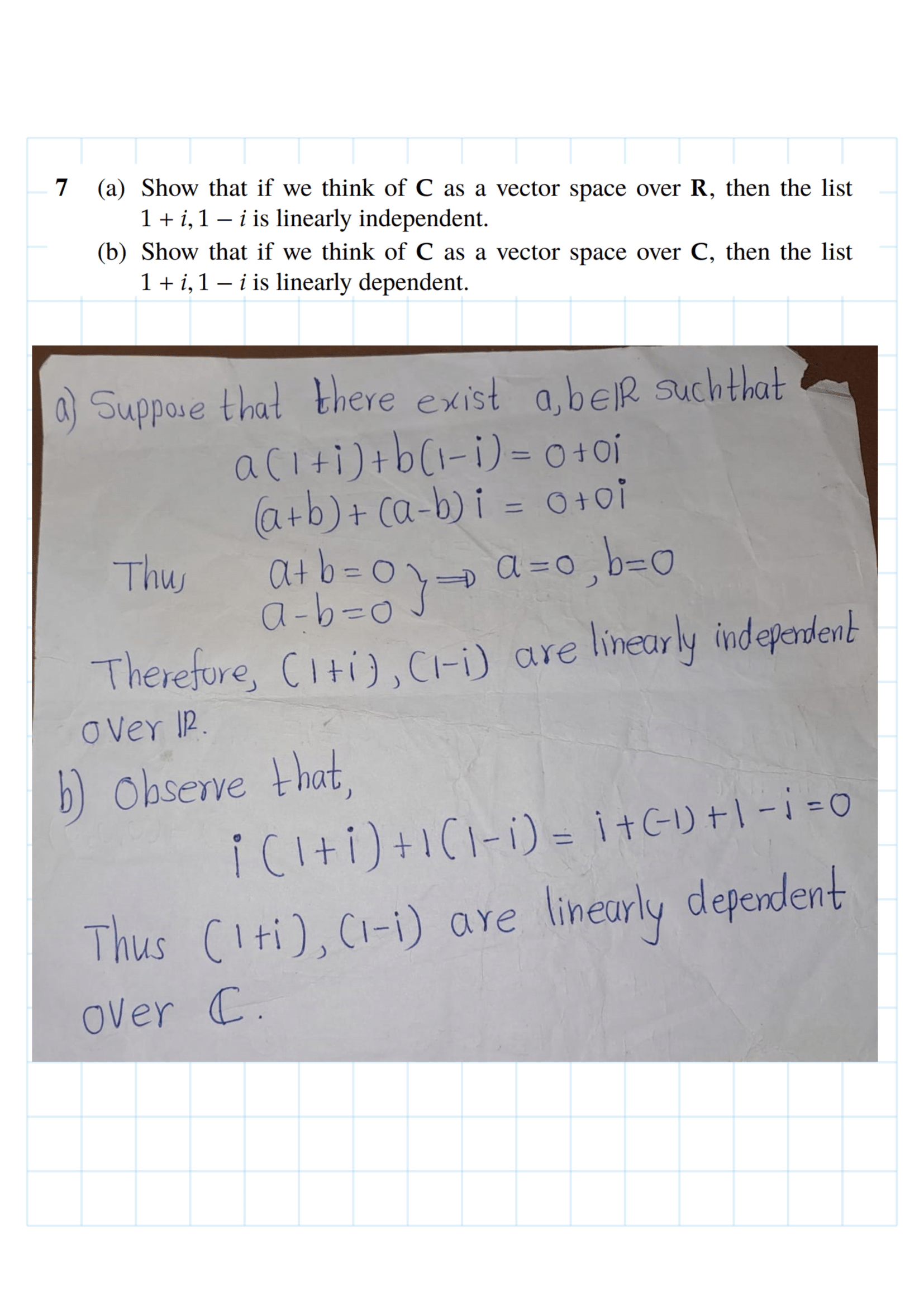
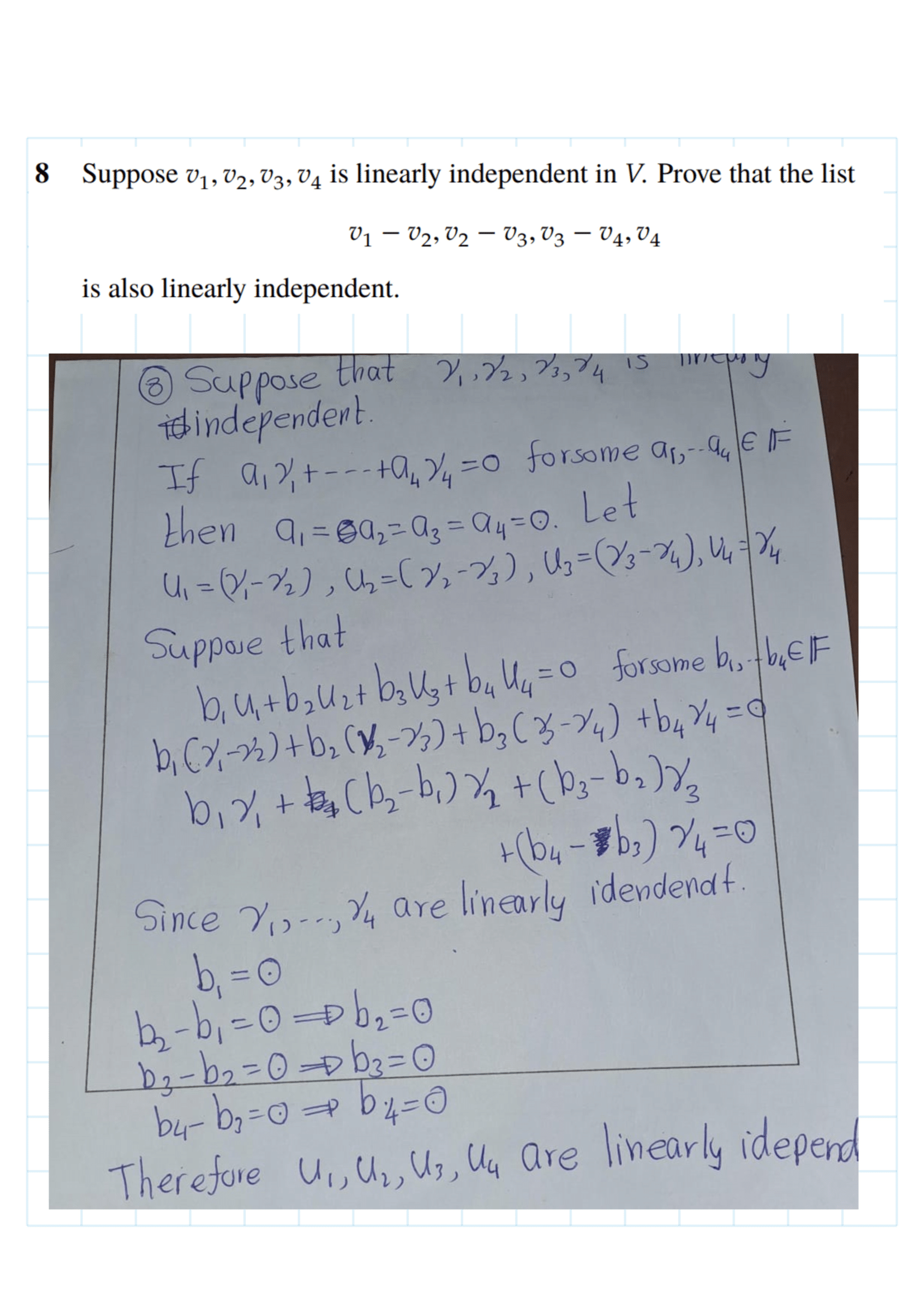
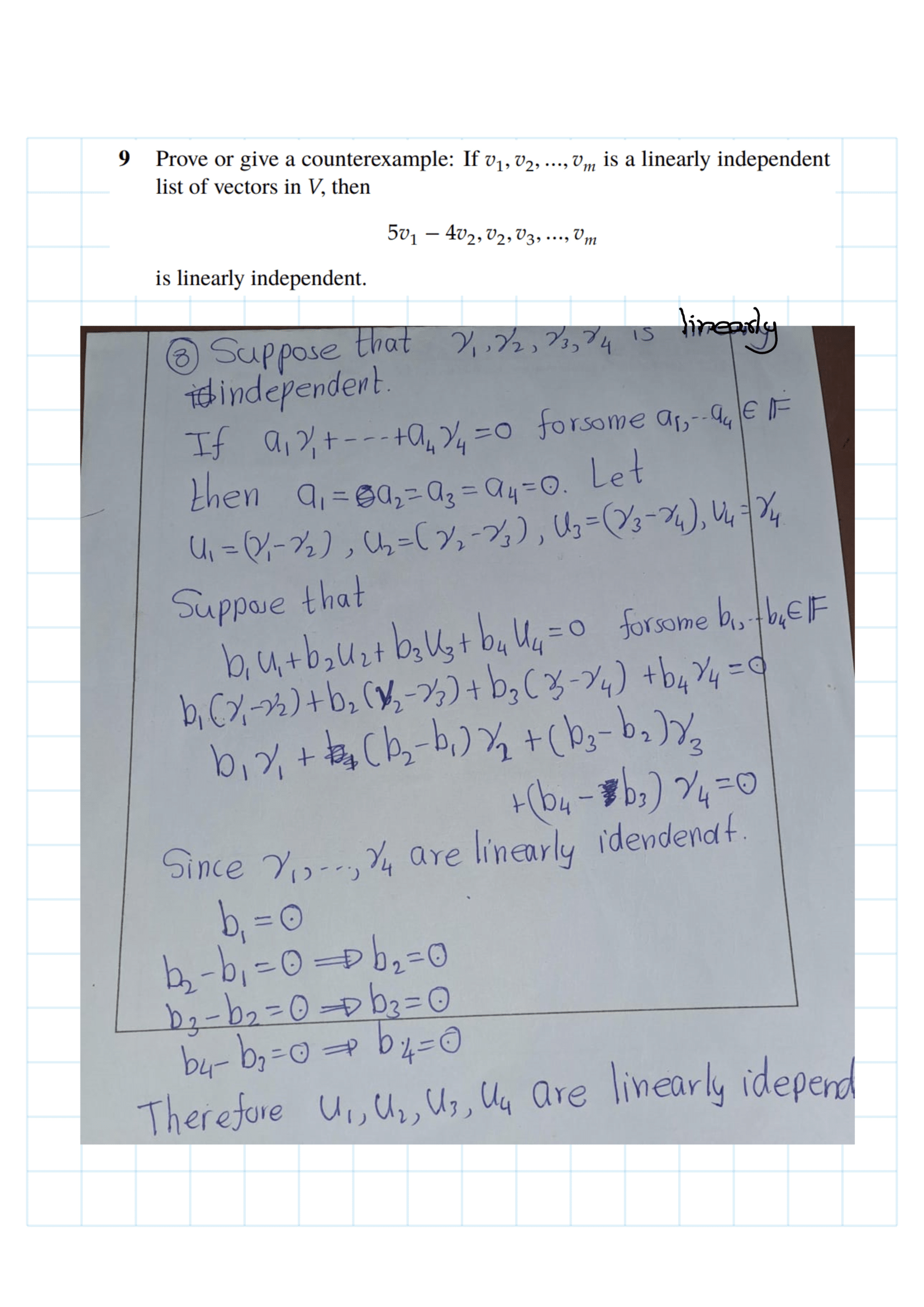
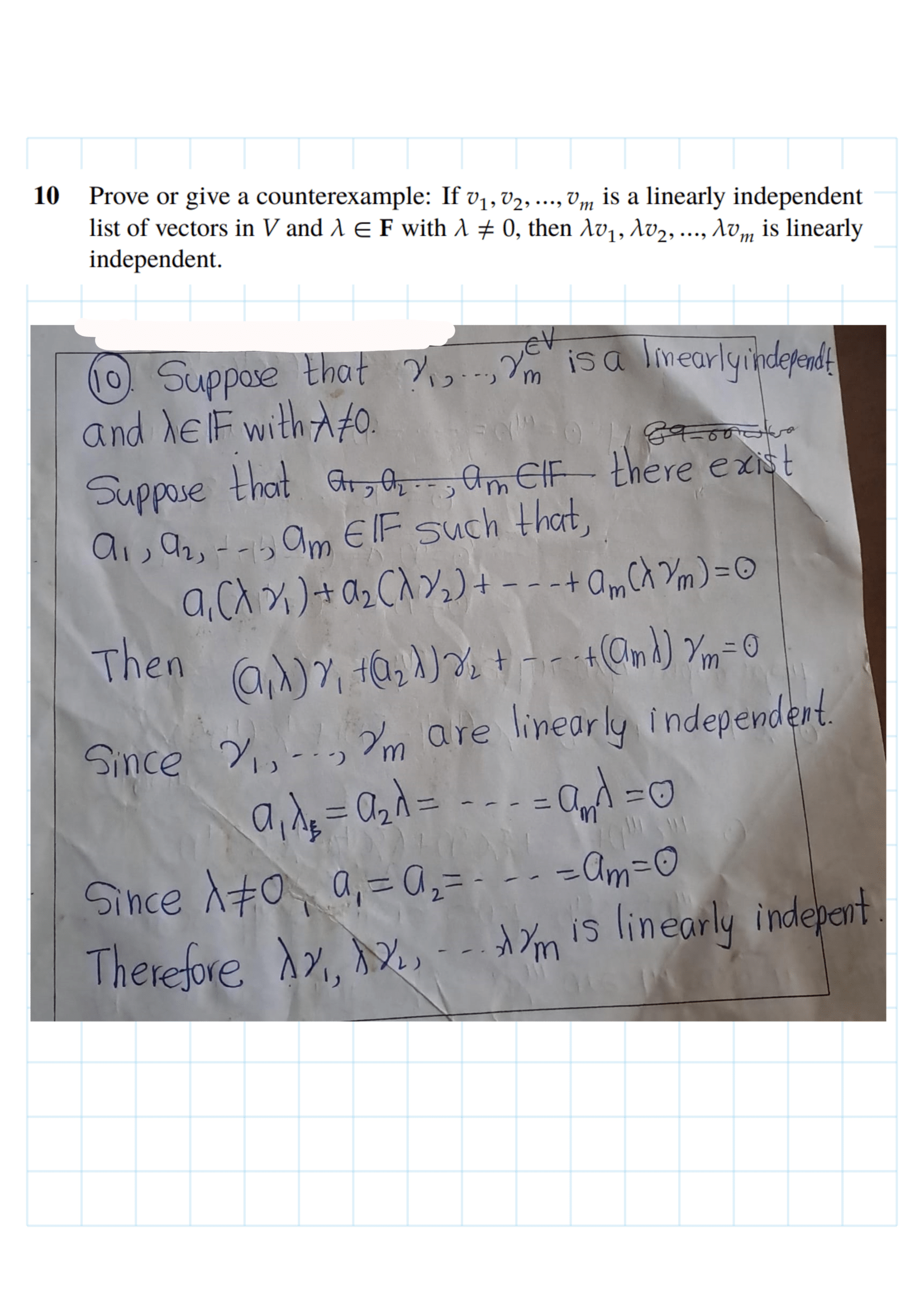
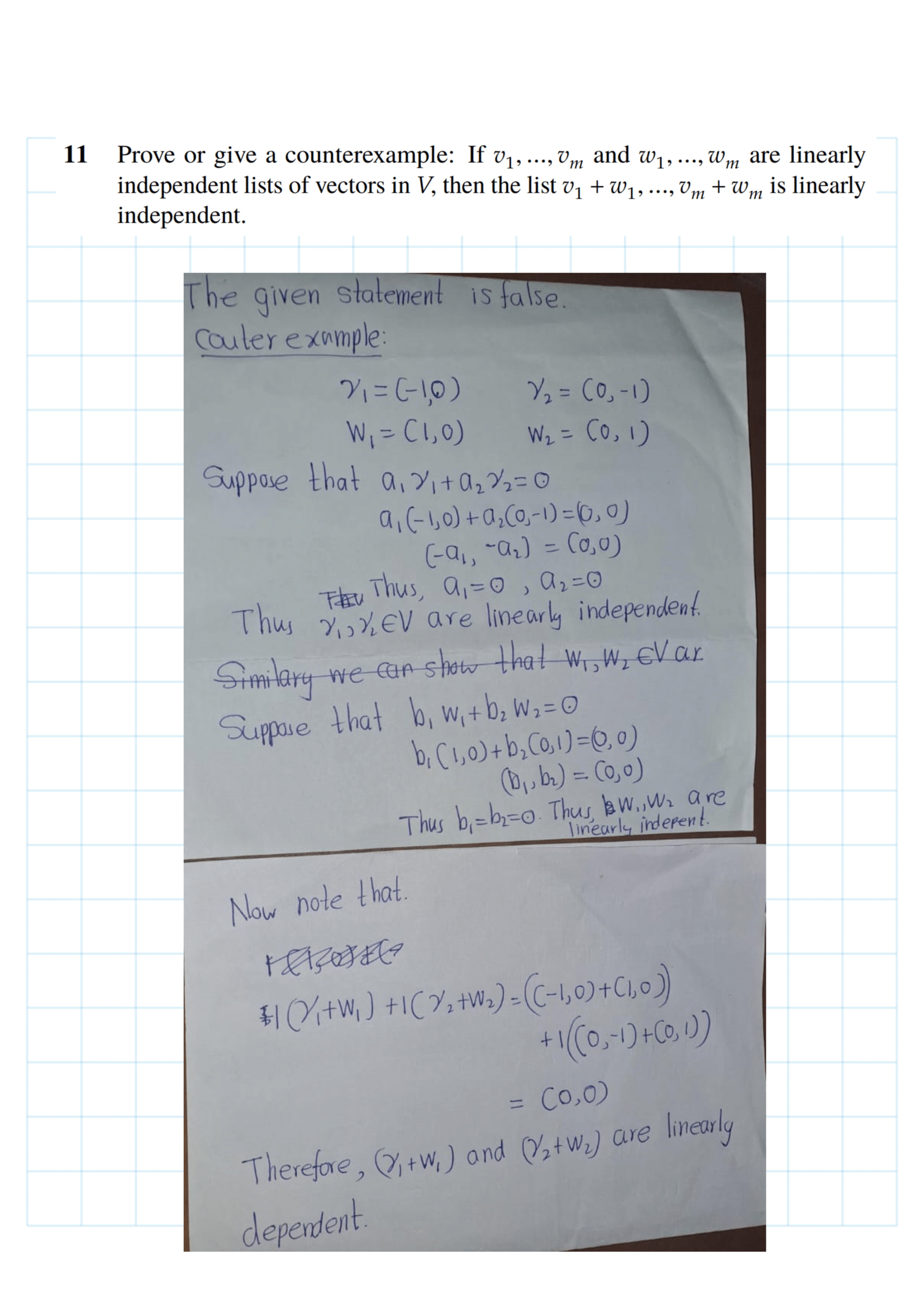
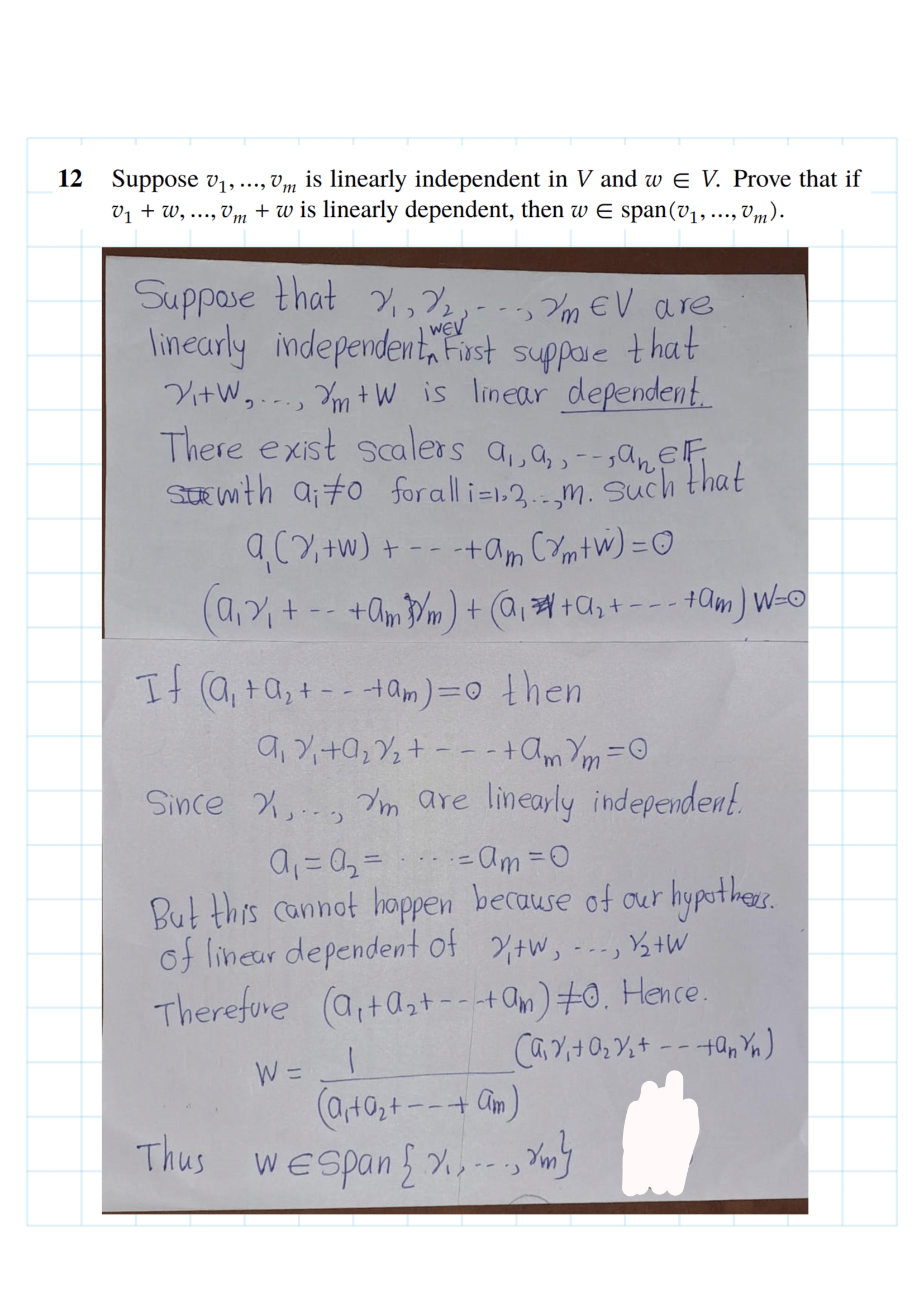
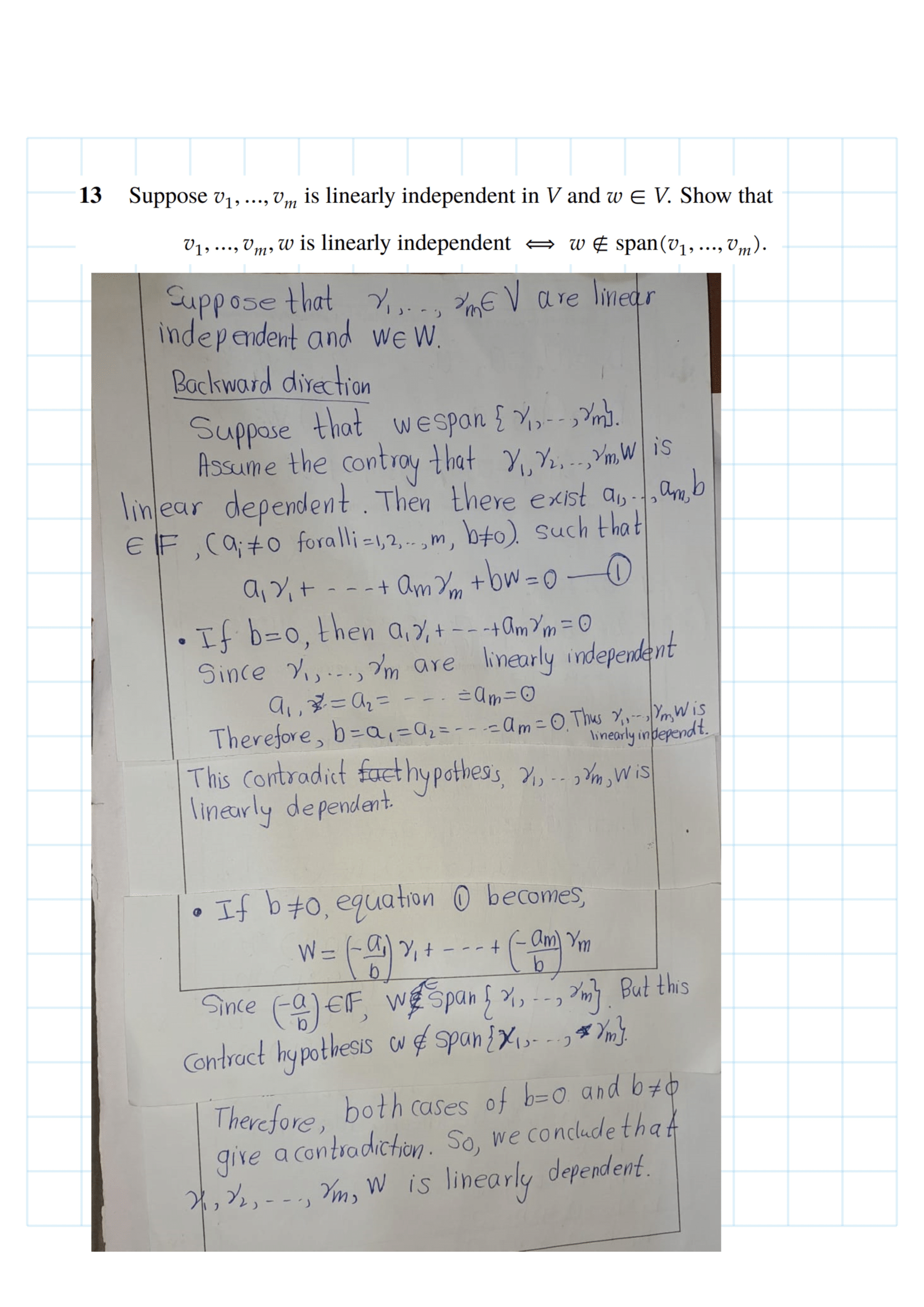
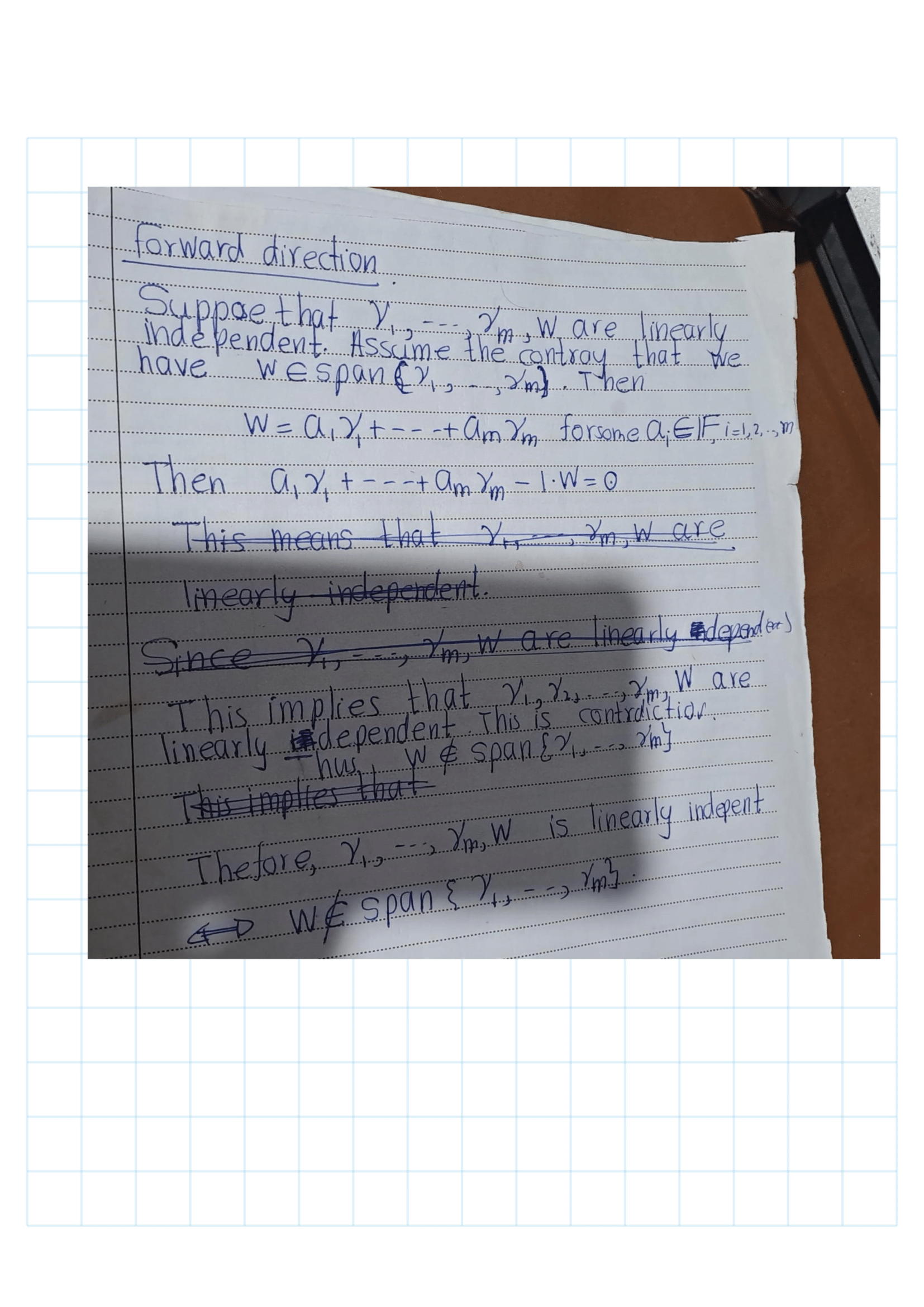
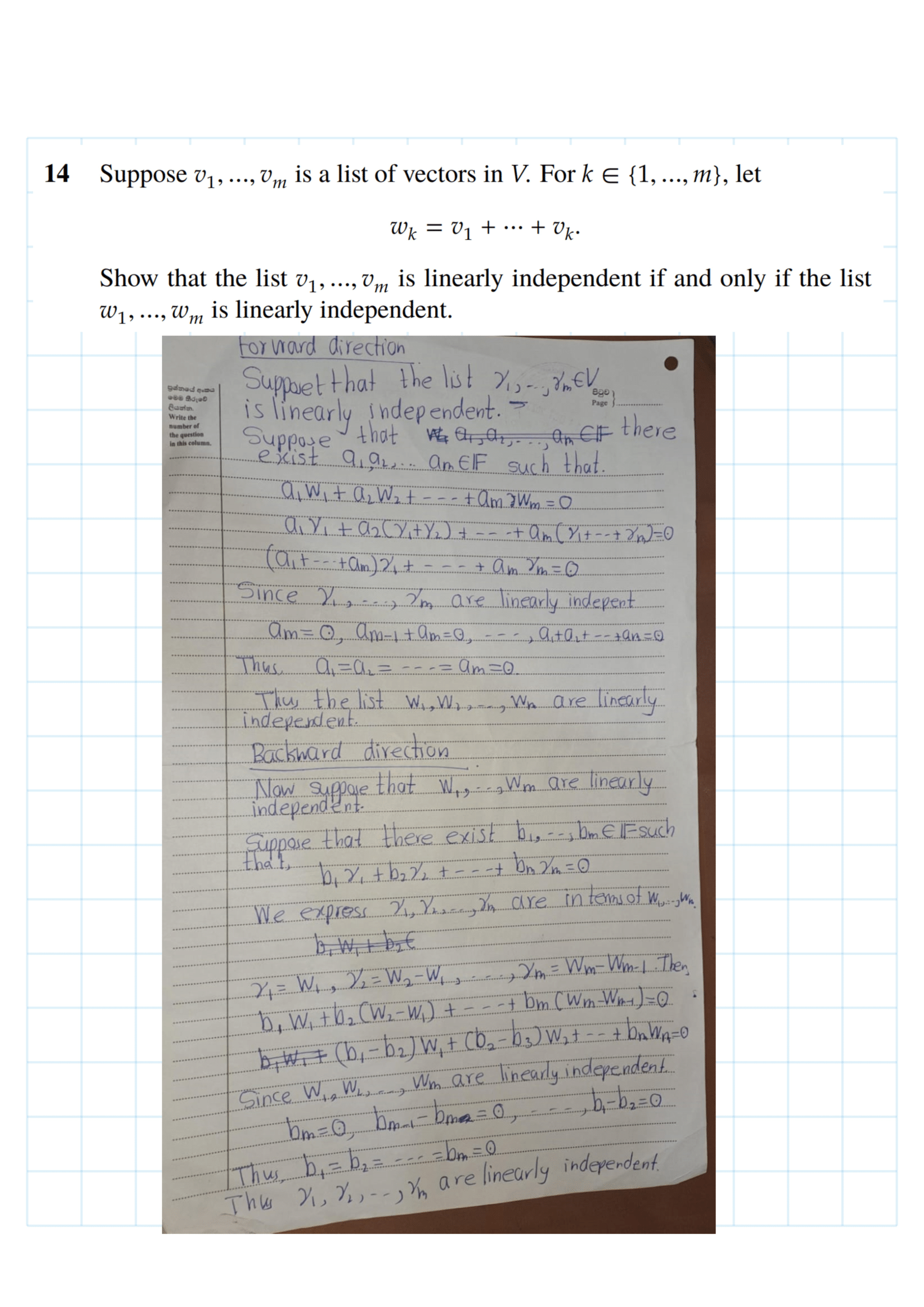
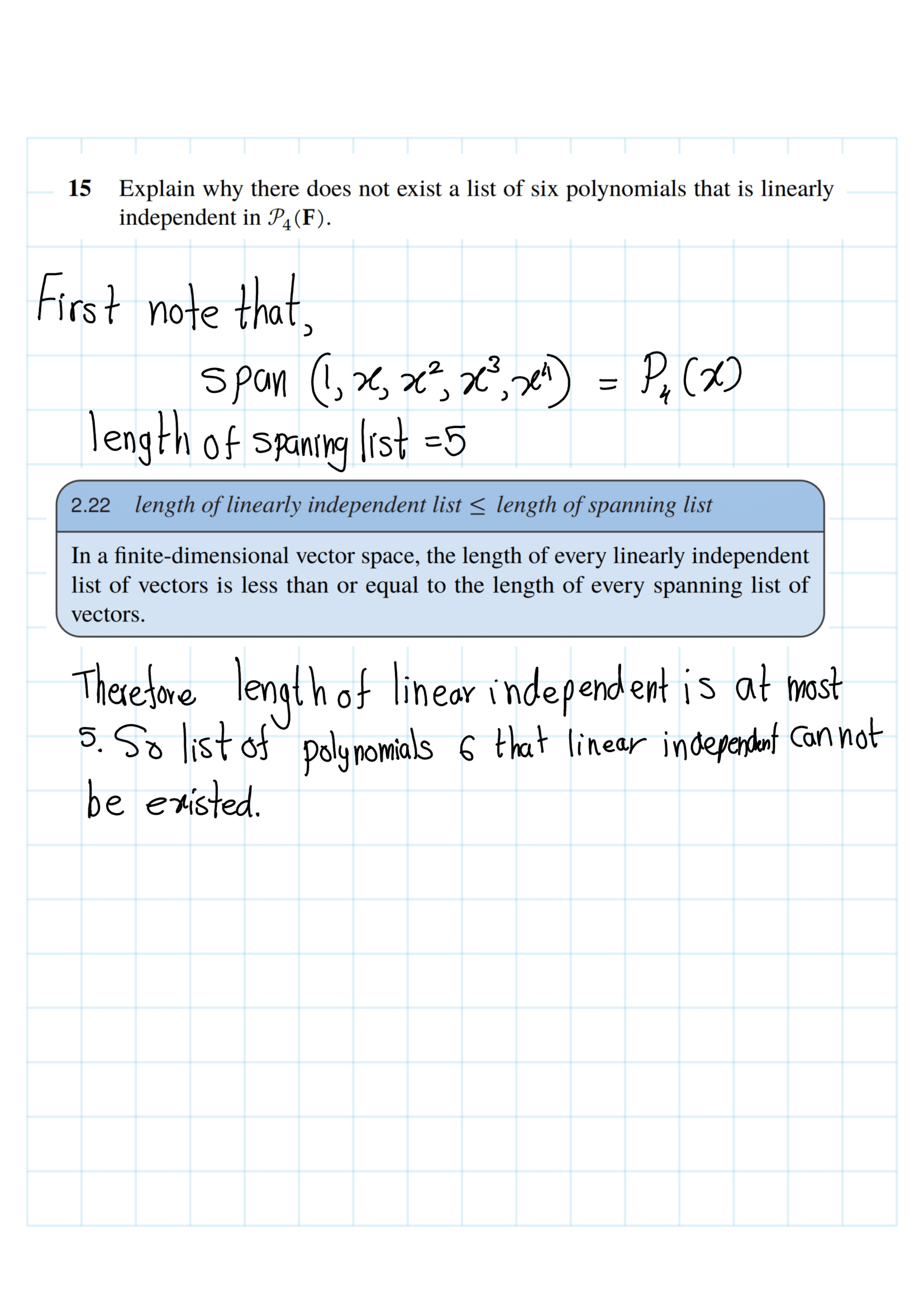
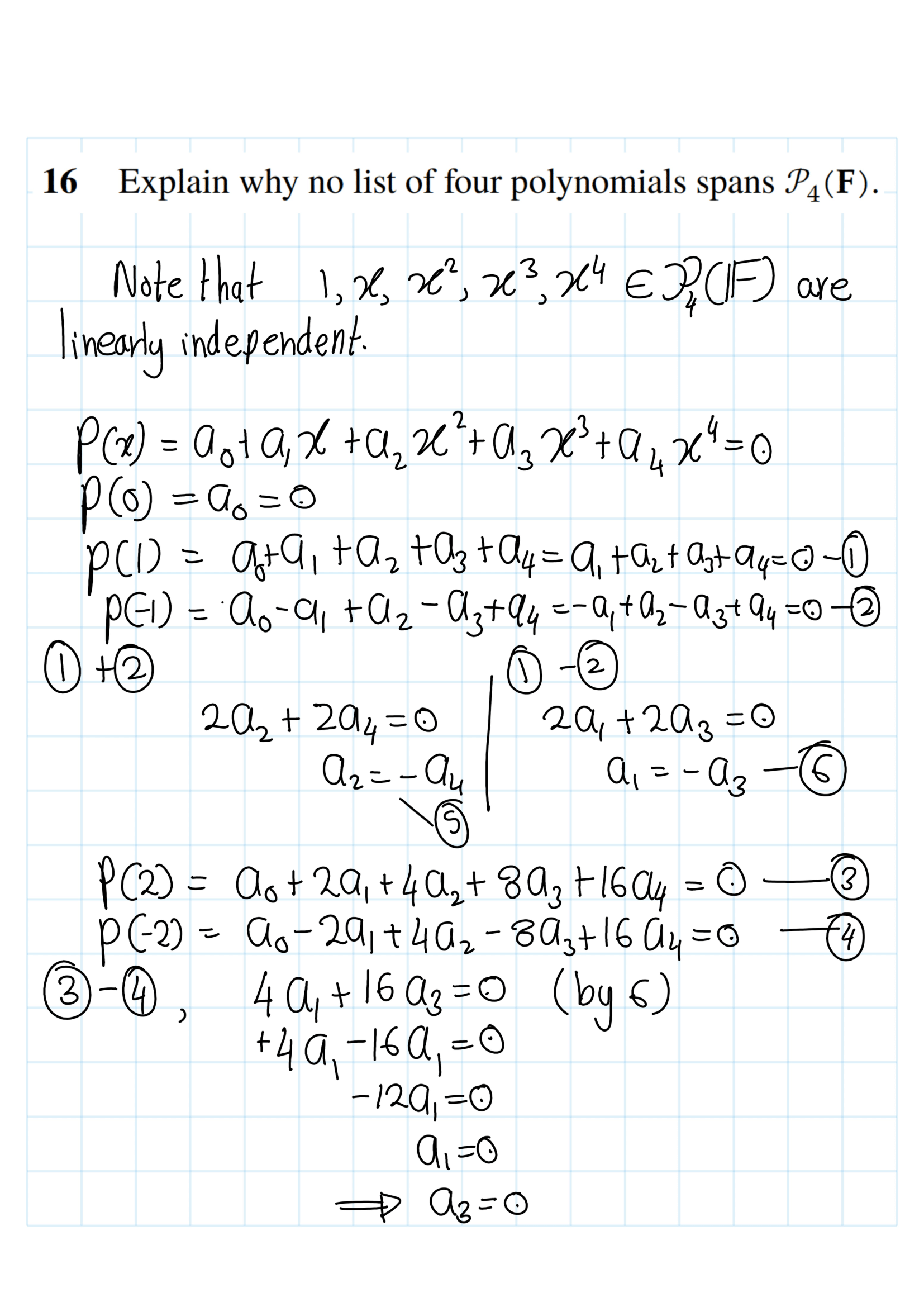
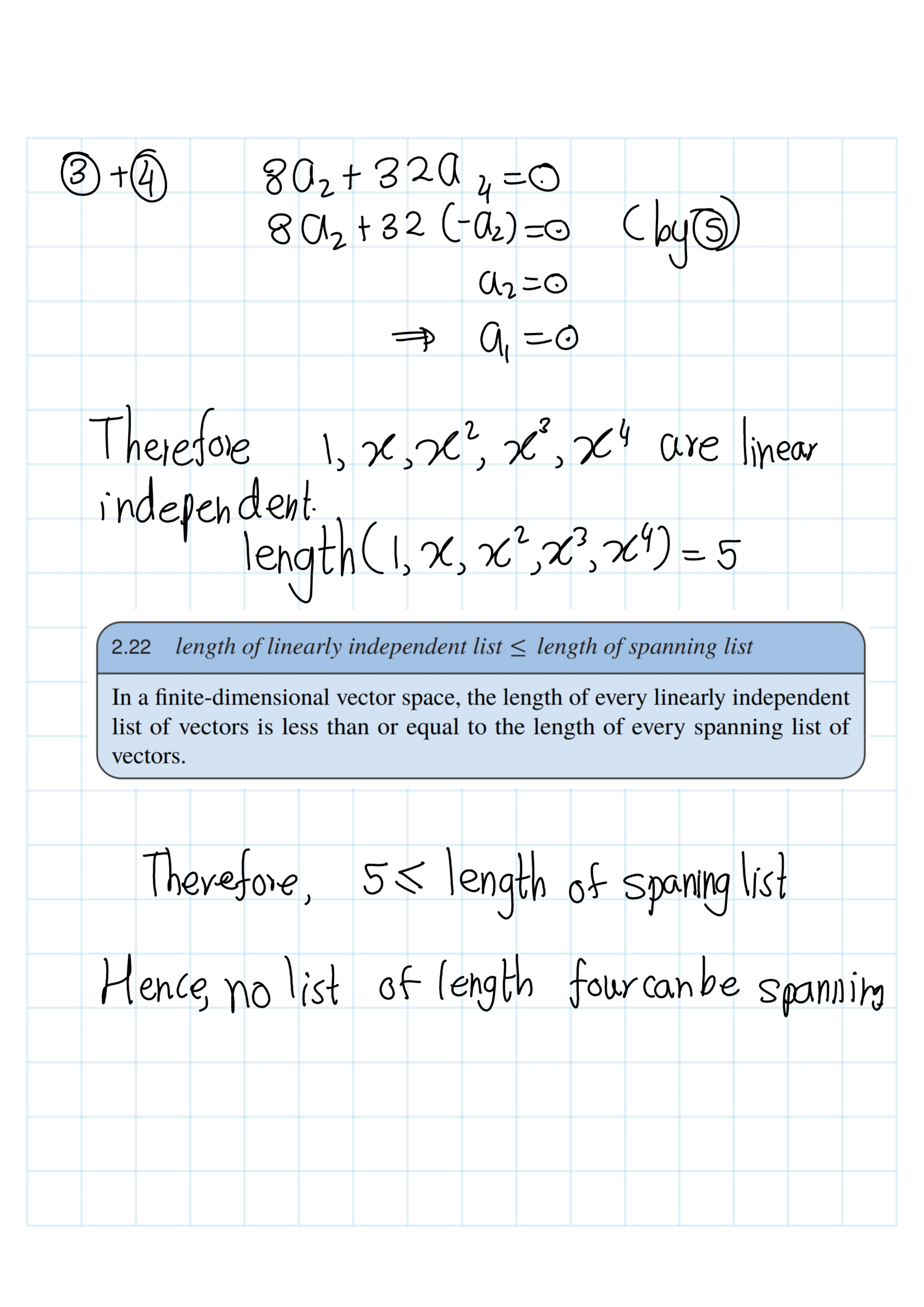
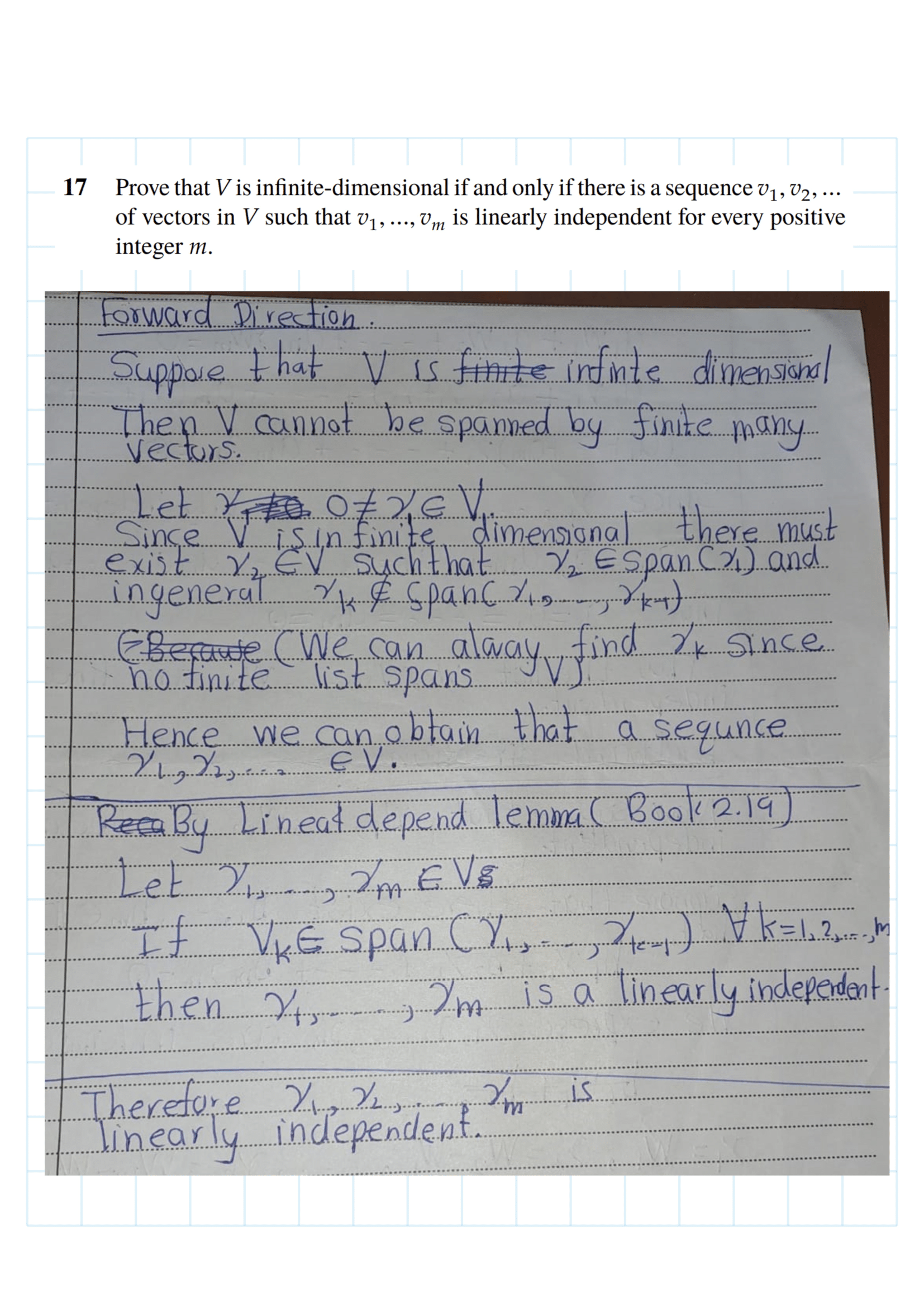
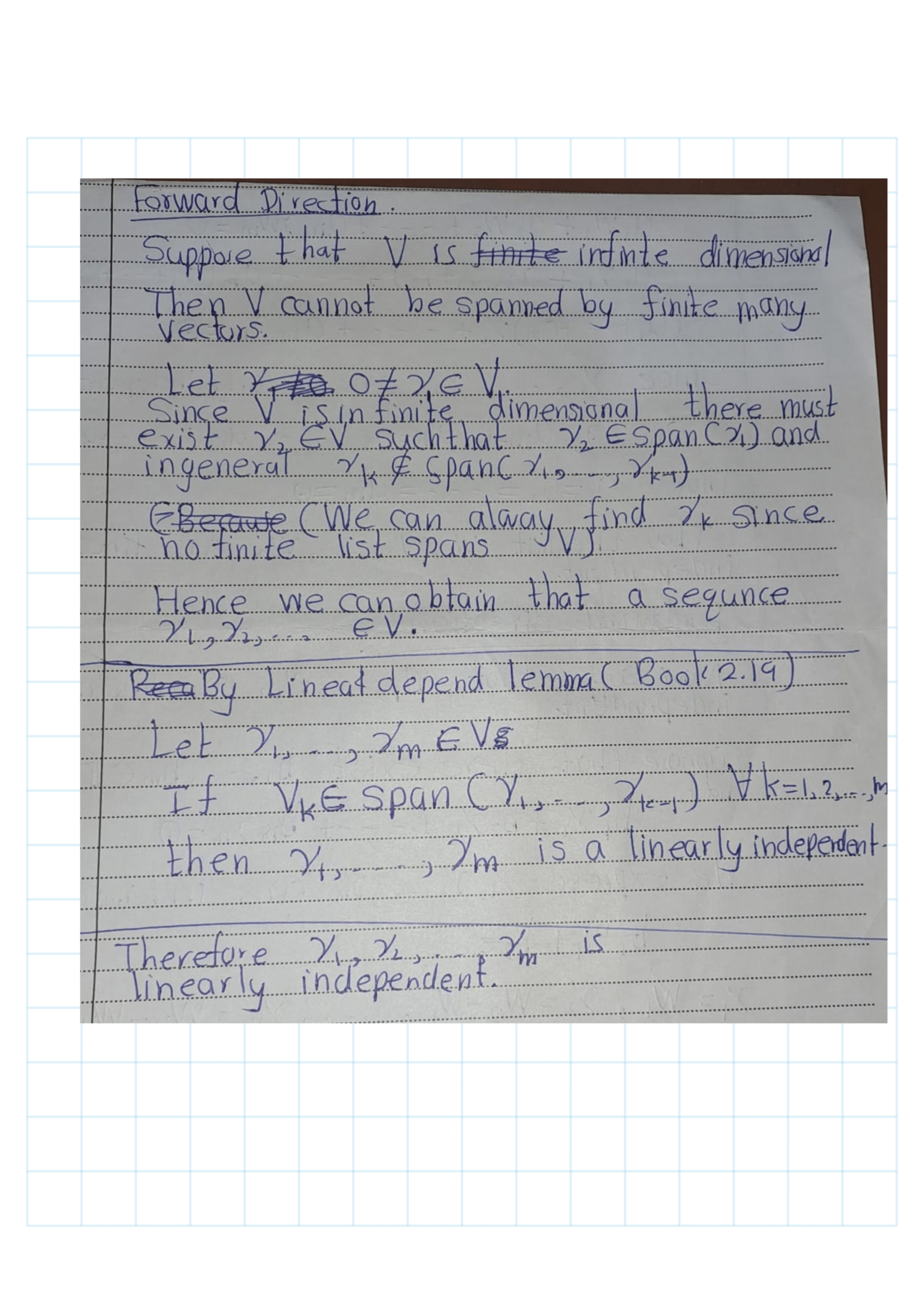
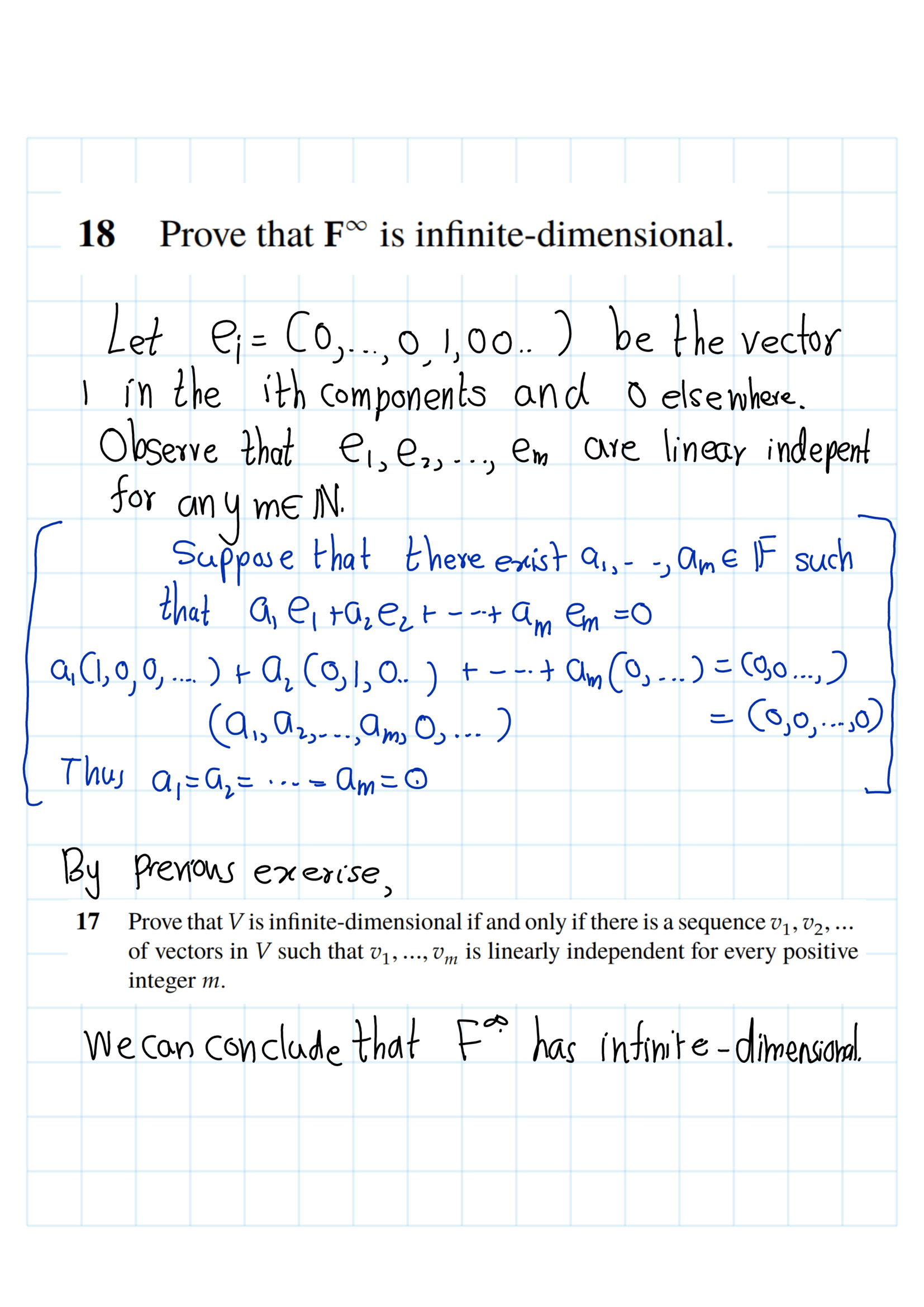
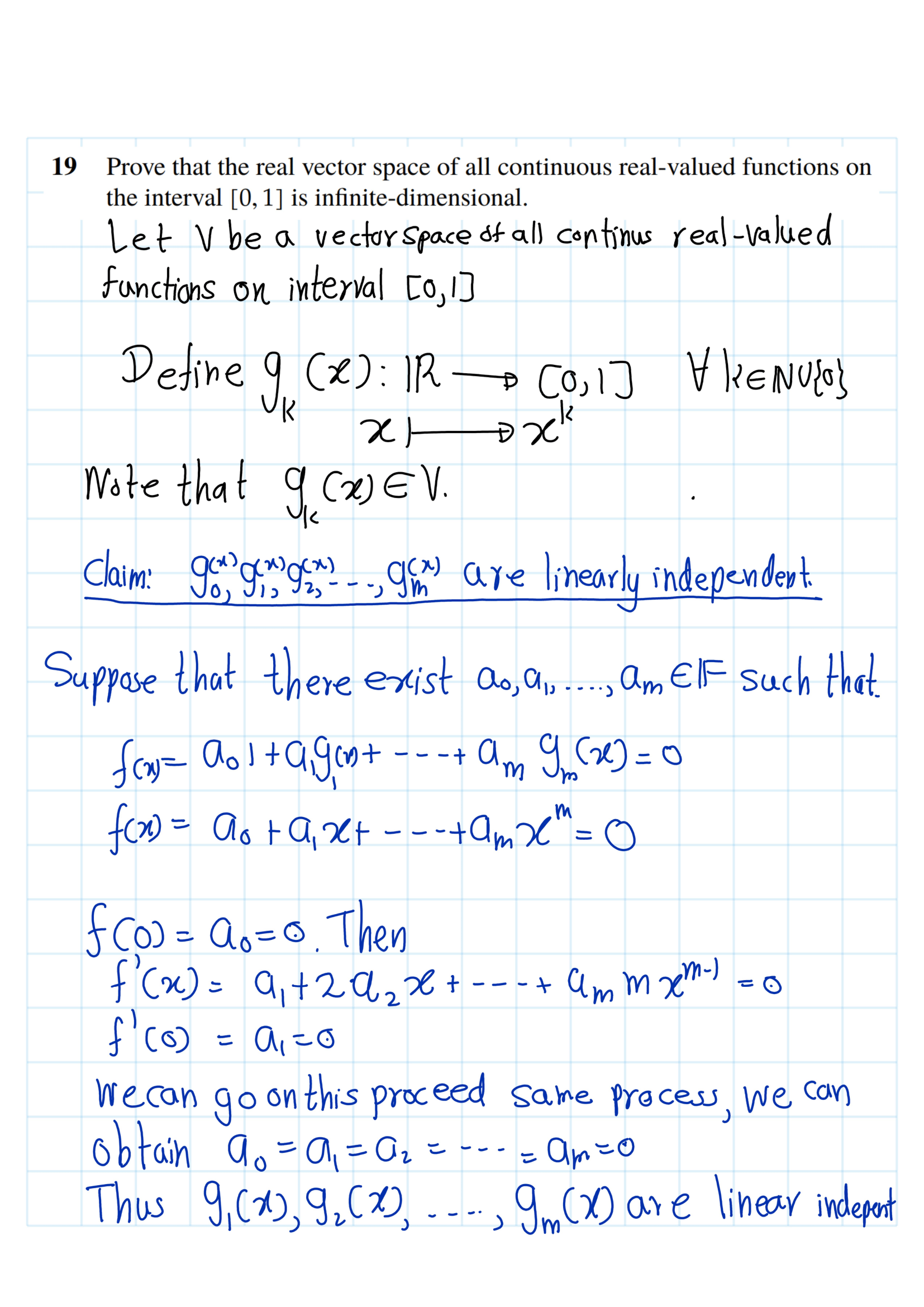
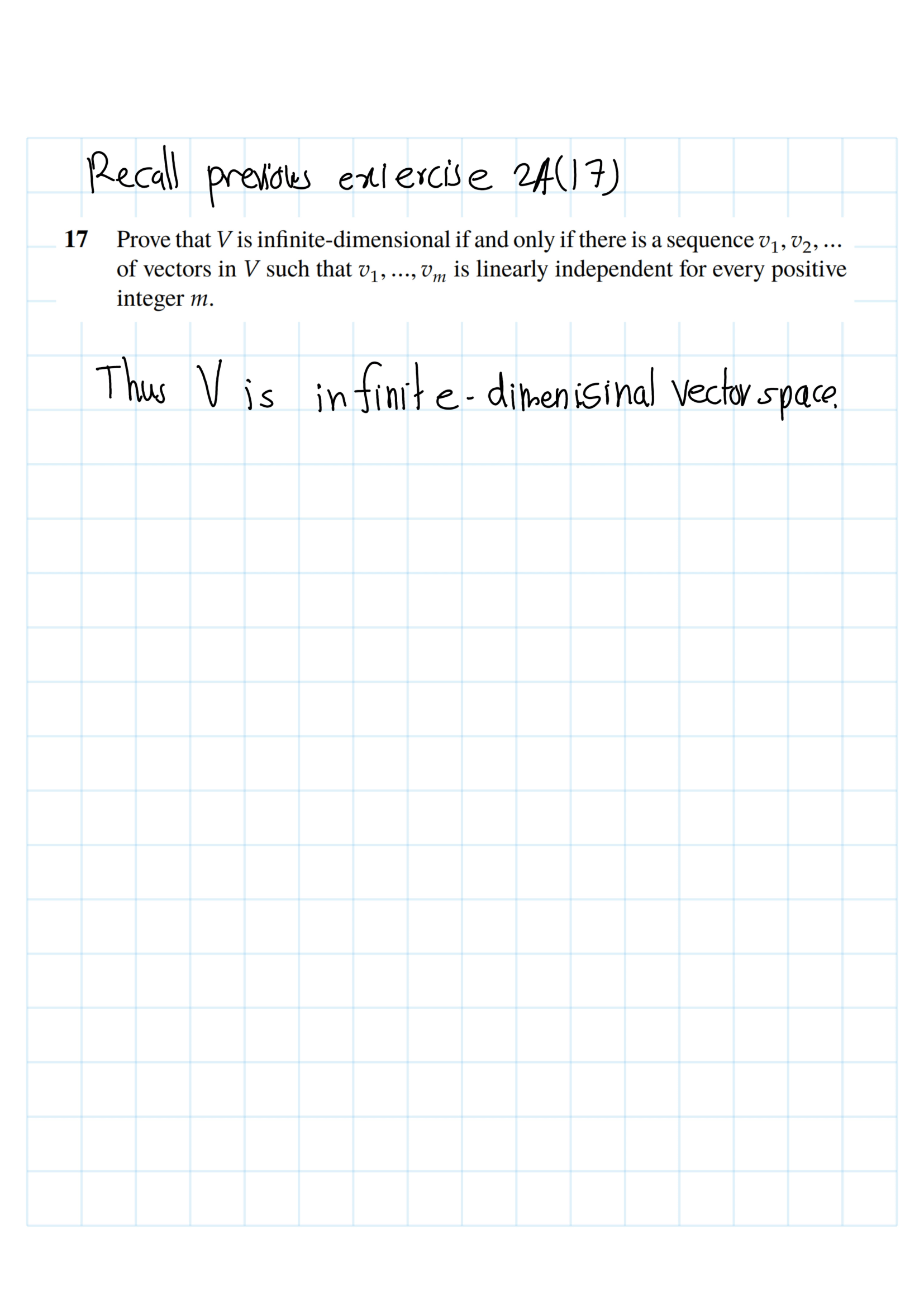
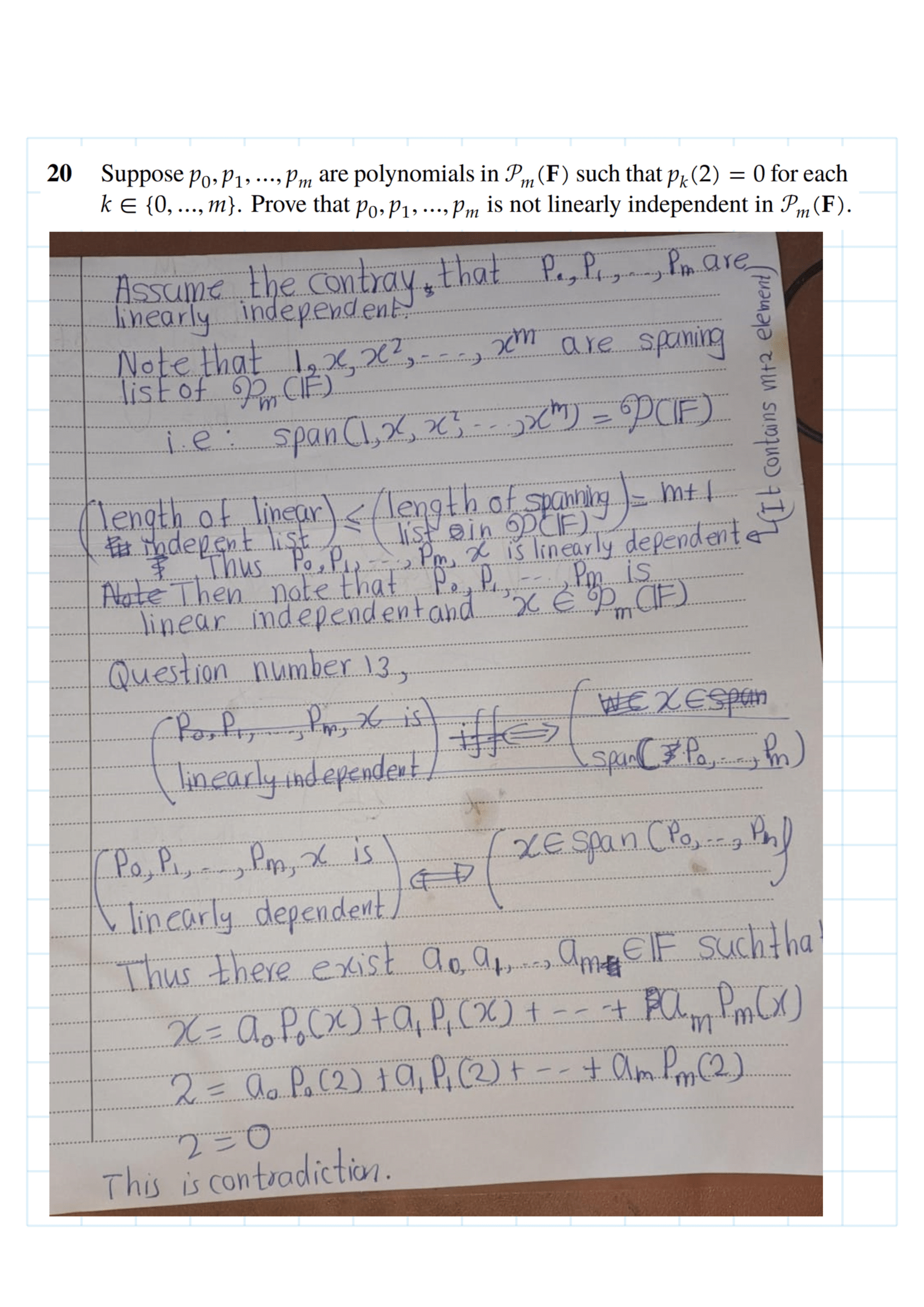
.png)
.png)
.png)
.png)
.png)
.png)
.png)
.png)
.png)
.png)
.png)
.png)
.png)
.png)
.png)
.png)
.png)
.png)
.png)
.png)
.png)
.png)
.png)
.png)
.png)
.png)
.png)
.png)
.png)
.png)
.png)
.png)
.png)
.png)
.png)
.png)
.png)
.png)
.png)
.png)
.png)
.png)
.png)
.png)
.png)
.png)
.png)
.png)
.png)
.png)
.png)
.png)
.png)
.png)